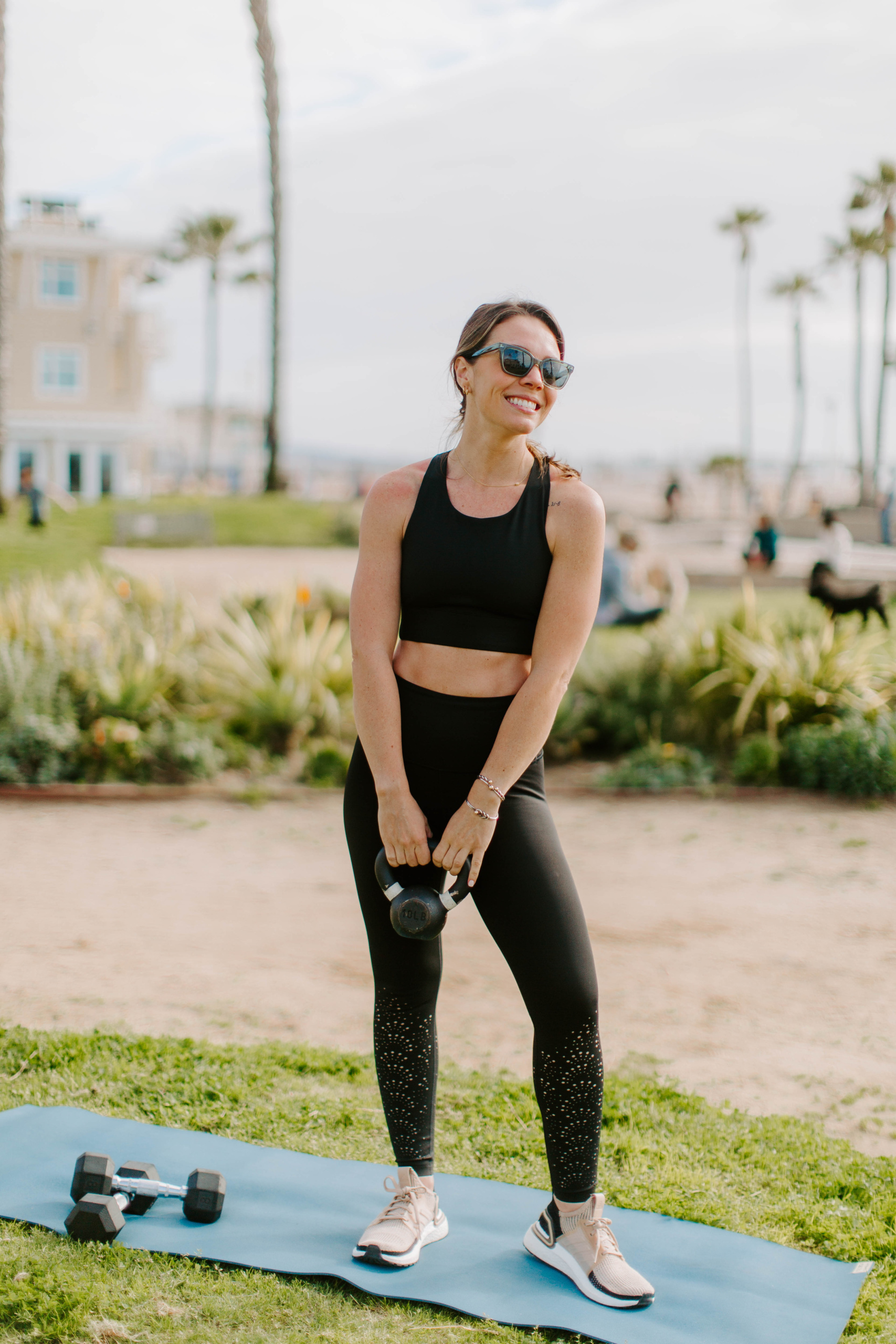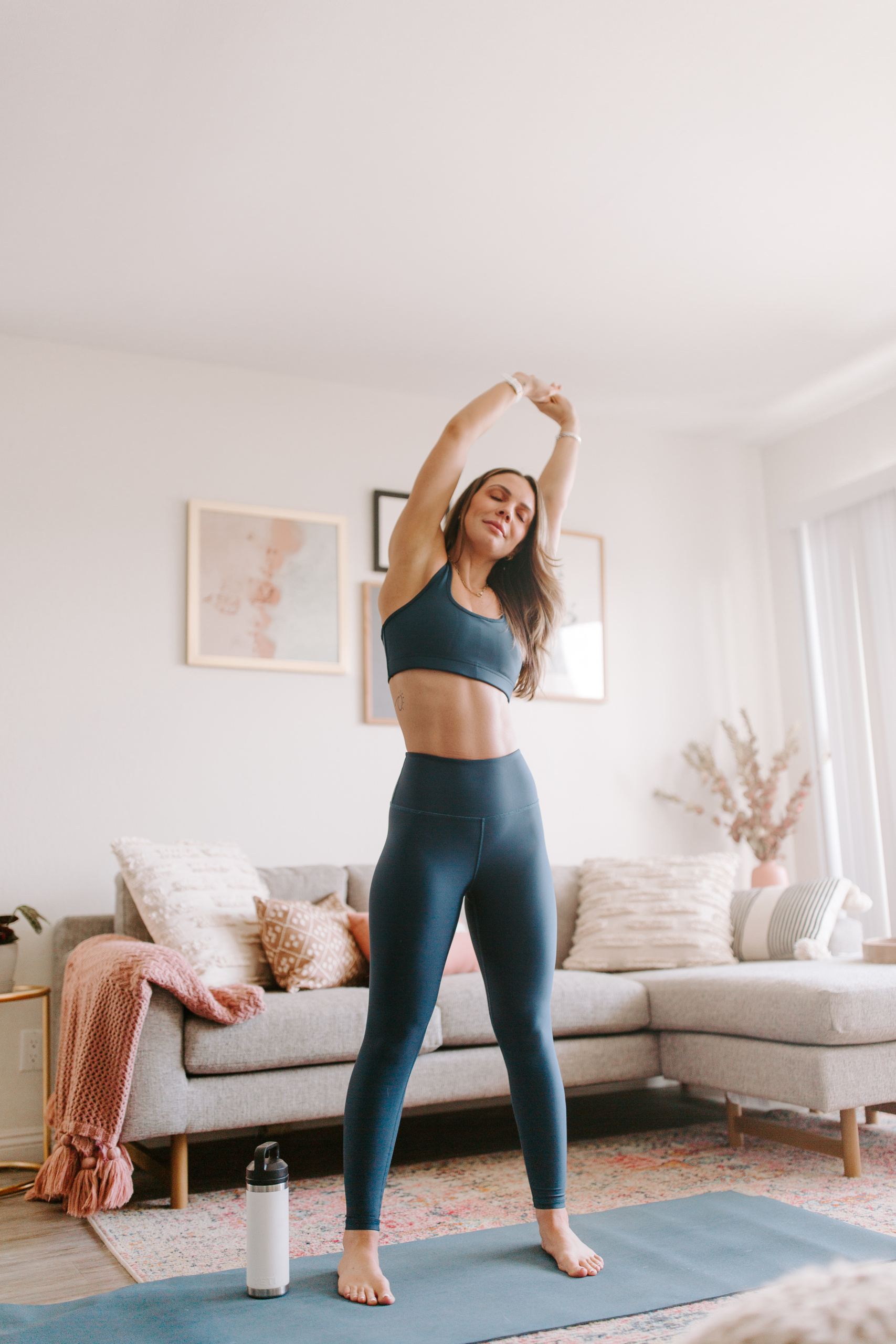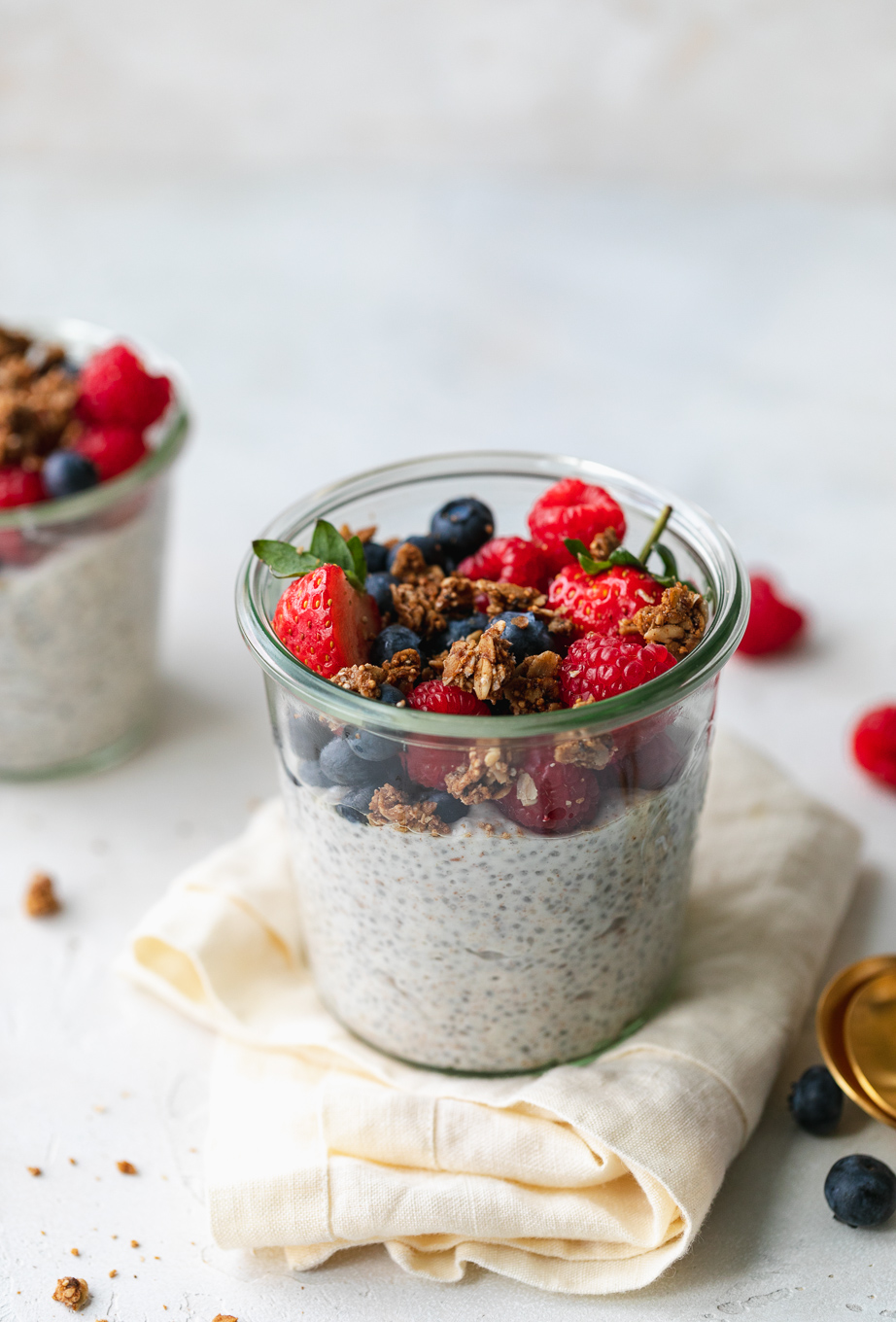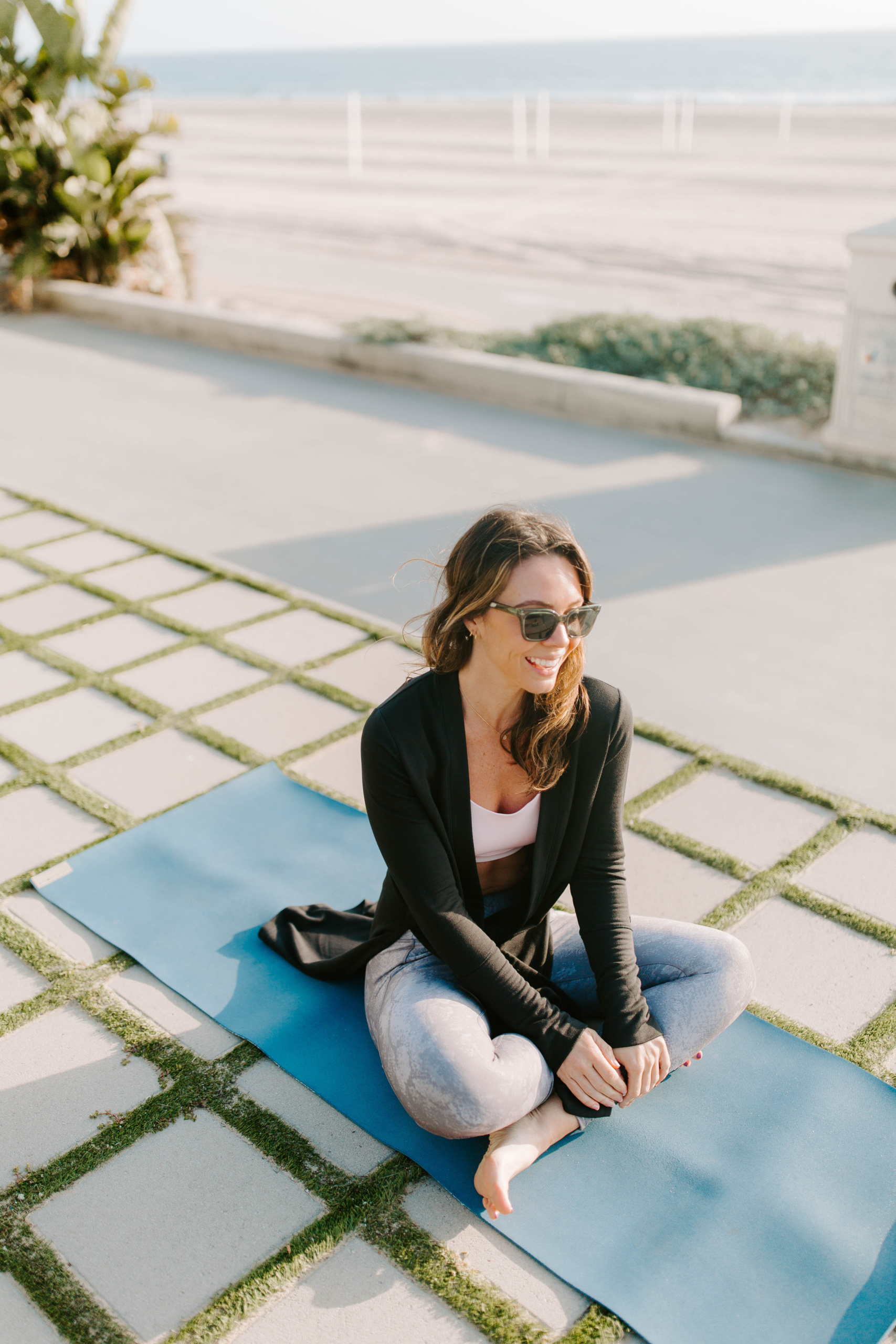
With gyms being closed, most of us have changed up our workouts and are exercising at home for now. The fitness community on Instagram has been killing it with all the workouts shared whether they’re live or on the feed. It’s been incredible to see everyone come together and try to create movement to navigate this new normal. This means that our workouts at home are probably different than our gym or studio workouts. Some of us are hitting the pavement and running more than usual too. Our bodies may be more sore than normal the day after we exercise due to this change in our workout routine. This is called delayed-onset muscle soreness (DOMS). It normally starts a day or two after a workout and should only last a few days.
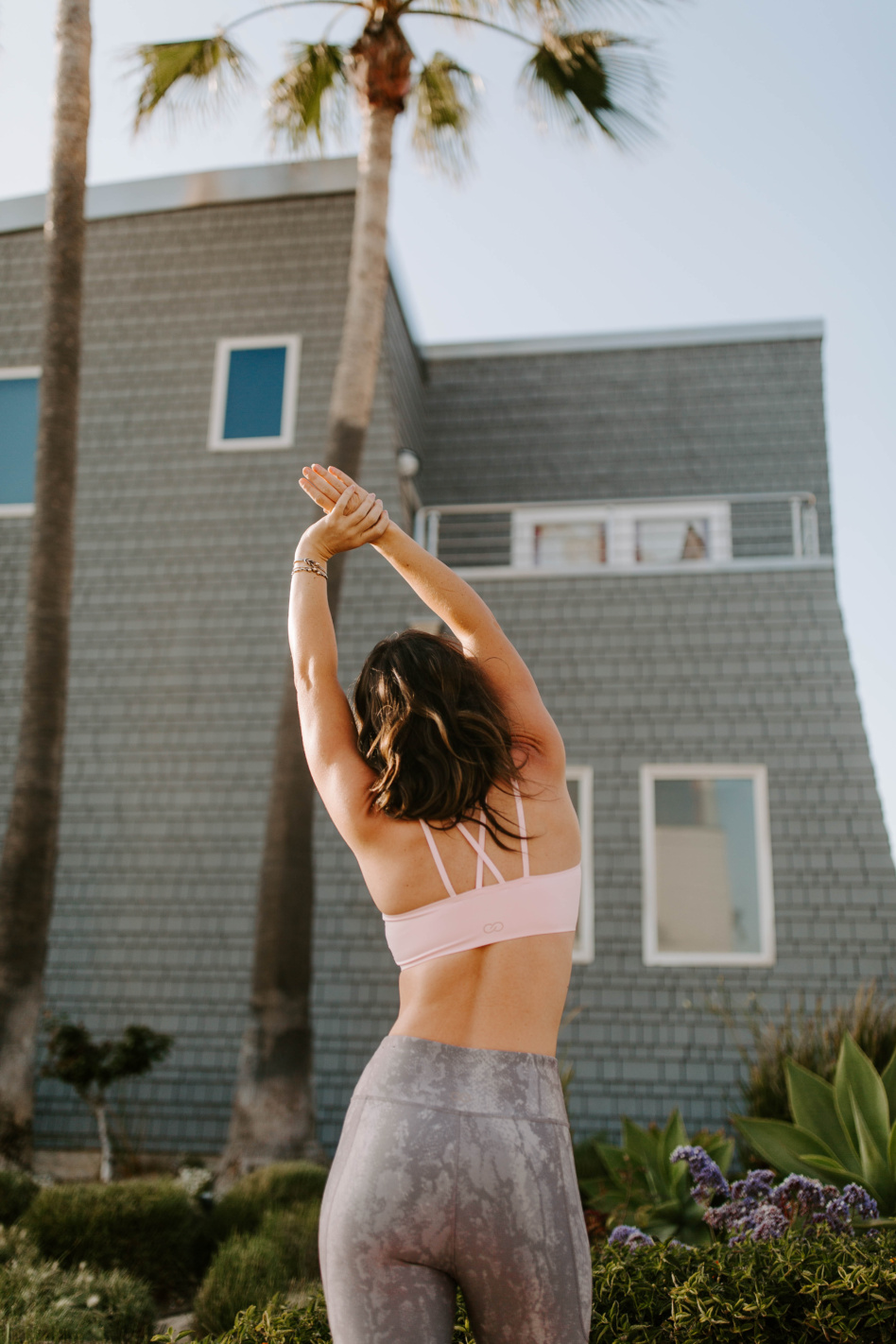
Today I’m chatting about what measures to take to help with the recovery process when you do experience delayed onset muscle soreness.
1. Get in some light movement- The worst thing you can do is sit around. Movement helps increase circulation- which increases blood flow throughout the body. The increased blood flow helps get nutrients to the muscles to help with the repair process, which should help reduce soreness. Going for a walk, using the spin bike at the gym, going for a swim, or going through an active mobility routine (I just posted one recently to my IG page) are all good examples of light movement.
2. Hydration– Make sure you’re drinking enough water! Water helps flush out the toxins from muscle breakdown out of the body. One of my favorite ways to keep track of my water intake and make sure I’m drinking enough water is to keep my Hydroflask filled up and with me all day long. I also like to plug how much water I’m drinking into my Garmin watch. It has a cool feature to track your water intake.
3. Light stretching- I mentioned this above but dynamic stretching or an easy yoga flow will help reduce soreness. Some of my favorite dynamic stretches are:
- Cat/ cow stretch

- Active hamstring stretch

- Internal rotation stretch

- Crossovers

Also, make the foam roller your best friend. Foam rolling may help increase range of motion and reduce DOMS. If it’s your first time using one, go easy. It can be a little painful at first.
4. Protein- Make sure you’re getting enough protein in your diet. Protein plays a huge role in helping with muscle recovery. How much protein should you aim for?
People who work out should aim for about 1.4 to 2 grams of protein per kilogram of bodyweight.
Some protein rich foods are:
- eggs
- chicken breast
- lean ground turkey
- canned tuna
- lean beef
- pork tenderloin
- cottage cheese
- greek yogurt
- milk
- almonds, peanuts, pumpkin seeds
- quinoa
- whey protein
- lentils
- Ezekiel bread
- edamame
5. Sleep- I know this seems like an obvious one but I think we tend to forget that getting enough sleep is super important! Make sure you’re getting at least 8 hours a night to help to give your muscles time to recover. A few things I’ve been doing to help me fall asleep quicker at night are:
- Staying off my phone and computer at least 30 minutes before bed
- Taking a magnesium supplement
- Sleeping with a weighted blanket
- Using a fan at night to drown out any noise
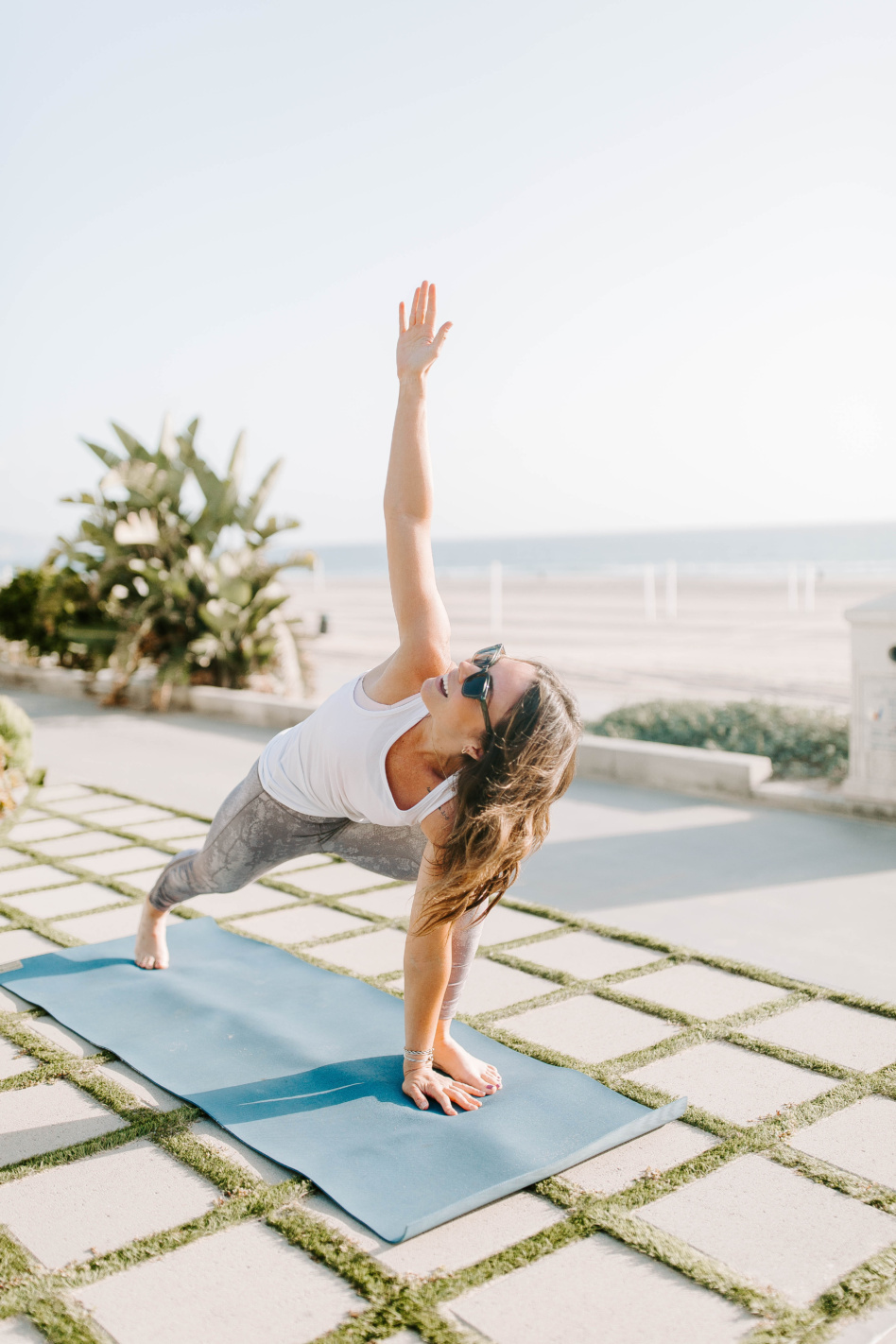
How to prevent muscle soreness from happening:
1. Build up the intensity, weight, or length of your sessions gradually.
2. Add a warm up and cool down before and after your training session. Make sure your muscles are warmed up and ready to go and have the time to relax and stretch out afterwards. Dynamic stretching should be done prior to a workout where as static stretching should be done after.
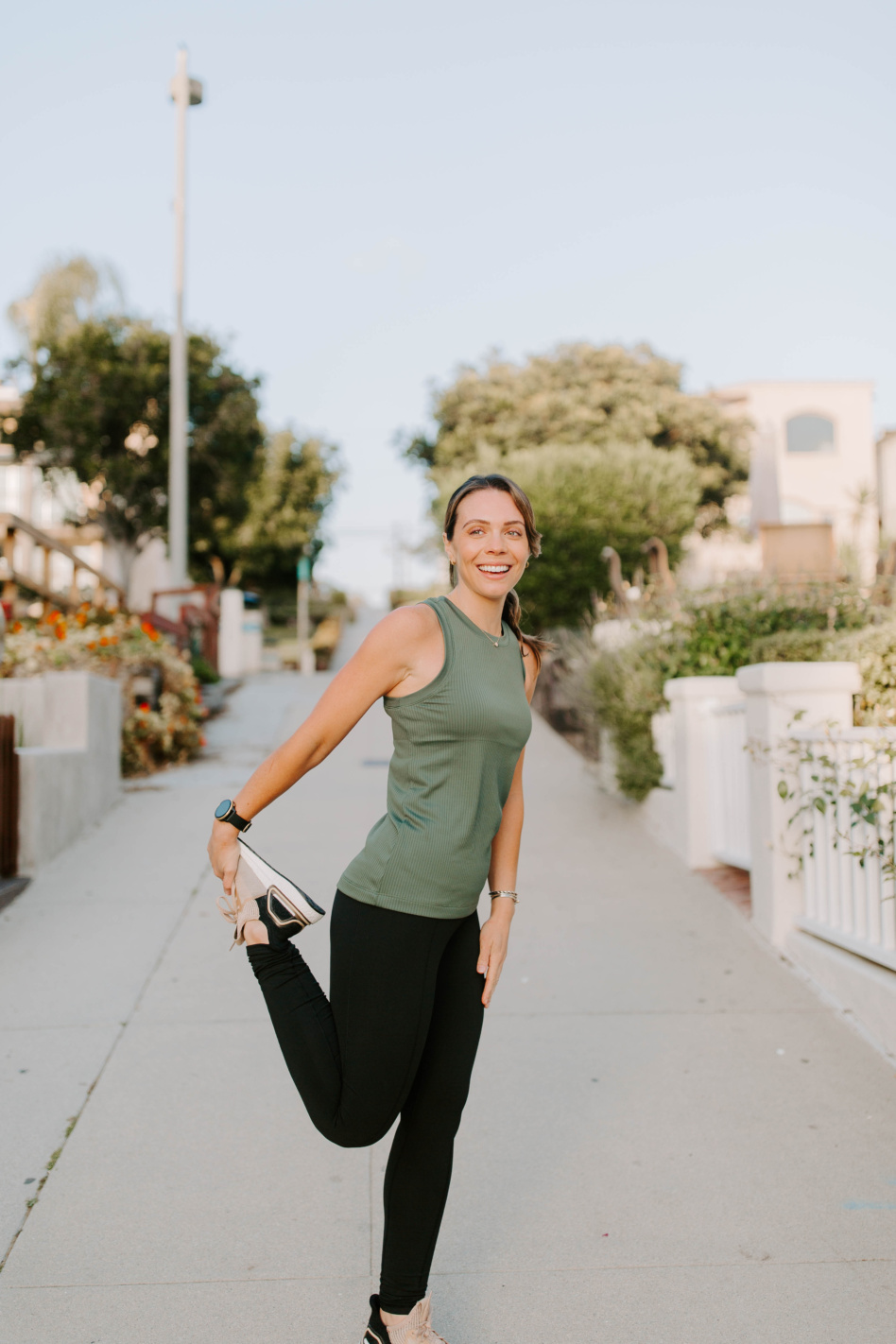
If you have any questions- feel free to message me on Instagram @becksliveshealthy!
Sources:


